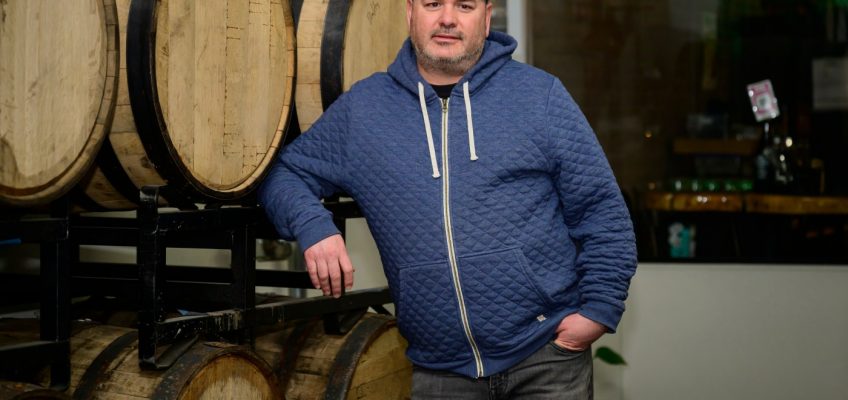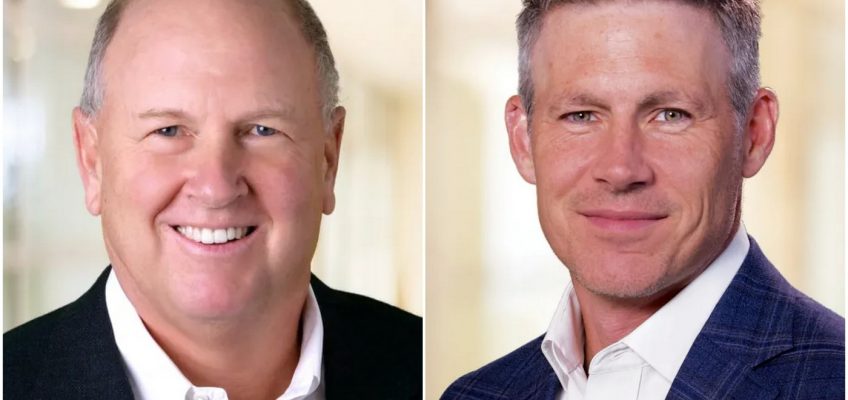Edward Lotterman
For older Europeans, “liberation day” was the jubilant one when allied soldiers ended brutal occupation. We in the United States won’t remember April 2, 2025, that way. It is hard to remember when a major economy took such a wrong turn based on such a false premise.
But since we did that, let’s understand some key things:
First, as with military conflicts, trade wars seldom turn out the way people who start them expect. In August 1914, German and French soldiers who went marching to kill each other thought they would be home by Christmas. On 1941’s spring solstice, Adolf Hitler’s Wehrmacht soldiers who invaded the USSR took no winter clothing. The soldiers figured would be in comfy barracks as occupiers before cold weather hit.
Similarly, in June 1930, Utah Sen. Reed Smoot and Oregon Rep. Willis Hawley were adulated by many when President Herbert Hoover signed their tariff act. Both were out of office 18 months later, in the depths of the Great Depression, followed quickly by Hoover.
Secondly, some imports that are being taxed are nearly impossible to produce here. Consider fruits and vegetables. Weeks ago, when President Donald Trump told farmers to “have fun!” with new tariffs on imported foods, my mind returned to 1981. Standing on ground that got a quarter inch of rain a year, I asked a Peruvian agronomist what crop could possibly earn enough to amortize enormous costs of proposed irrigation. “Well,” Dr. Hato said, “maybe asparagus.”
Inwardly I snickered, but today we can buy Peruvian asparagus year-around plus blueberries to boot.
Without imports, asparagus was in U.S. stores March through May and U.S. blueberries were harvested April through October, and only for extremely high prices in the first and last months. Peru’s harvest runs November through March perfectly complementing ours. Minnesota farmers can have all the fun they want trying to grow blueberries alongside their asparagus fields and coffee groves. But don’t expect much to put in your cart.
Yes, we can grow coffee. Long-time Minnesotans remember the “You’ll love the flavor of Hawaii in McGarvey” jingle repeated on WCCO radio for years. Coffee from the Kona coast of Hawaii’s Big Island was excellent. But as my wife and I just saw there, the net profits per acre of a golf course dwarf those per acre of a coffee grove. Moreover, that island, much of it bare lava, has fewer acres than six rectangular Minnesota counties.
Trump is not banning imports of any of these, but their prices in supermarkets will be higher. Do understand that the boost need not be the 10% Trump set for Peru or Brazil. While that tariff will hit every container of unprocessed products clearing customs, trucking, processing, warehousing and retailers’ costs here need not change.
Of course, we long produced canned or frozen vegetables in northern states. H.J Heinz operated in Pennsylvania for good reasons, the same reasons that made New Jersey “the Garden State” and made my Dutch immigrant grandfather a vegetable farm field boss on Maryland’s Eastern Shore in 1899.
Before federally-subsidized irrigation in California, Baltimore was the canning capital of the United States. Given years to adjust to the new tariffs, seasonal vegetable production and canning could again be important in these mid-Atlantic states, although many farm fields have become suburbs. But no U.S. farmer anywhere will “have fun” as immediately as Trump assumes.
All this brings us to the president’s and his team’s most important failure of critical thinking: Like the lost gardens of New Jersey, much capacity that used to fill U.S. steel mills, auto plants and lumber mills once is gone — permanently.
Yes, an electric furnace mill like Gerdau Steel in Cottage Grove, idled recently, perhaps could be re-opened in months. But, even if they still were standing, St. Paul’s Ford plant, “Dodge Main” in Hamtramck Mich., or U.S. Steel in Gary, Ind., plus small- and mid-size lumber mills in the South and Northwest, would never be reopened because they were obsolete. This is a key flaw behind presidential expectations of an immediate economic flowering under tariffs.
Micro-econ and accounting principles of “fixed costs” and “sunk costs” apply here. Farm tractor and construction backhoes have costs, amortizing principal, interest, and insurance, that remain the same whether used 500 hours a year or 1,500. These “fixed costs” contrast to “variable costs,” like fuel, that do vary. But most fixed costs of mobile machines can be recovered by selling them.
For an 80-year old steel mill, auto plant or sawmill, such fixed costs are largely already amortized. They already were “sunk” or non-recoverable. Yes, one physically could move operable fender stamping presses, steel beam rolling lines or timber circular-blade headsaws out of the mills where they had run for decades. But no one would buy them other than for scrap. So obsolete in comparison to modern machinery, using them in a new facility would be stupid even if they were free.
Econ students learn such sunk costs are irrelevant in deciding how much product to produce. As long as any obsolete facility was operable, the owner could make profits as long as output sold for more than variable operating costs like labor, raw materials and utilities.
The 1925 St. Paul Ford plant thus operated until 2011 even though its variable costs per car were higher than in new factories. Ditto for the 1916 U.S. Steel mill in Duluth that ran until 1981. But now, even if still standing, no one would waste time and money reopening them. Integrated mills and factories are enormously complex. Returning them to operating form isn’t ordering a truck of propane, lighting a pilot light or flipping a switch.
The economic term for all of this, of how easily production can be increased, is “elasticity of supply.” In economics, “elasticity” always means percentage change in one variable in relation to a percentage change in another. So if tariffs raise auto prices by 25%, by what percentage will U.S.-produced cars rise?
Despite the apparent incentives, Trump is wrong in assuming increases will be instantaneous. Elasticities are very low in the short run. Output percentage increases at first are tiny compared to price boost. They get larger over long spans of time, but cars will never be as cheap as pre-Liberation Day. Tariff-motivated output increases will be zero for weeks or months, even in operating plants with excess capacity. These businesses must hire and train workers and order raw materials and components. Building new plants takes even longer.
Pricier Canadian lumber might prompt a new sawmill to be built in two or three years. Auto plants or steel mills take five to seven. Until these are running, U.S. households must pay more for cars, appliances and houses. And again, these items will never drop to pre-tariff prices.
Moreover, the Trump-stated incentive for companies producing more goods here to avoid tariffs contradicts the president’s other stated goal of using tariffs to raise federal revenue. In order for tariffs to, for example, replace the income tax, consumers will have to continue paying higher prices for imported goods. Either way, it’s a tax, just more regressive than our current system.
Other fallacies abound. Trade “deficits” — the apparent baseline Trump used in calculating the tariff rates — don’t mean one side is either cheating or subsidizing the other. Simple differences in domestic tax systems justify much of some countries’ higher tariff rates.
Fact checker Glenn Kessler ably examines much of this in “The false things Trump said about tariffs during his announcement” in the April 3 Washington Post. And Dartmouth University econ professor Douglas Irwin, the best historian of U.S. trade policies, explains a great deal in an excellent 8:45-minute YouTube video. Search for “Why Trump’s Idol, McKinley, Abandoned His Own Tariff Strategy/WSJ.”
Real World Economics: Unkept promises are bad economics
Ed Lotterman: Attacking Denmark about Greenland is wrong, dumb and damaging
Real World Economics: Tariffs raise questions, here are some answers
Real World Economics: Stagflation bullets are already in the air
Real World Economics: U.S. heath care model provides a teaching moment
St. Paul economist and writer Edward Lotterman can be reached at stpaul@edlotterman.com.




